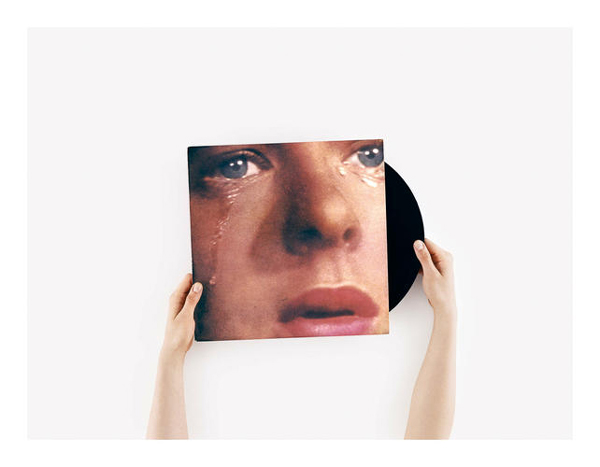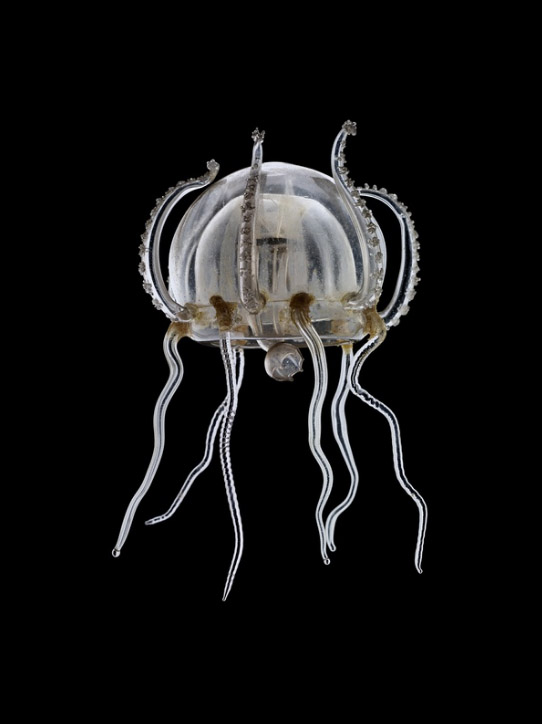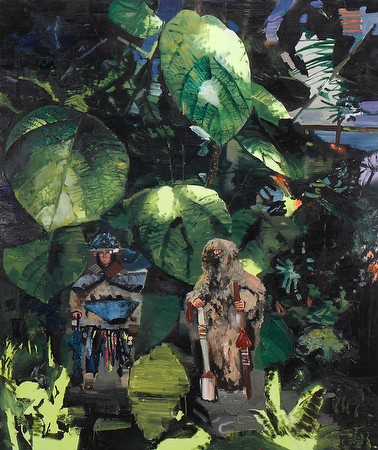ANNE COLLIER
2016-04-18Anne Collier presents a body of new photographs that expands upon her ongoing inquiry into the nature and culture(s) of photographic images, exploring questions of perception and representation and the mechanics of the gaze. In addition to her now signature visual ‘motifs’ of the open book, images of women posed with camera equipment, and photographs of analog vinyl recordings, Collier introduces a new series of images: tightly cropped and dramatically enlarged works from a series collectively titled ‘Women Crying’. Sourced from album covers released between the late 1960s and the early 1980s these new images present a gender-specific consideration of staged and manufactured emotion.
Negotiating autobiography, nostalgia, and manifestations of pop-melancholia, Collier’s work considers the tensions between her employment of an often-forensic photographic objectivity and the highly subjective and emotive content she typically focuses on. Collier’s photographs invariably depict existing objects that incorporate photographic imagery: e.g. images, books, calendars, posters, and album or magazine covers. Often focusing on sexualized or emotionalized images of women, posing with or without cameras, close-ups of the human body, and recurring images of the eye, Collier does not necessarily consider her resulting images as a form of appropriation, rather she thinks of them as a form of still-life photography, making reference to both technical and commercial (advertising) photography. Collier shoots these found and second-hand objects in the context of the studio. There is little or no artifice at work in these images. The lighting is invariably clear and neutral, the exception being the tightly cropped and dramatically enlarged images of crying women taken from vintage album covers, where the idiosyncratic qualities of the original printed matter is both privileged and amplified.
Opposite – Album (Detail), 2016
Exhibition runs through to May 15th, 2016
Anton Kern Gallery
532 West 20th Street
New York
NY 10011


